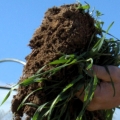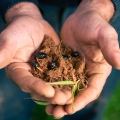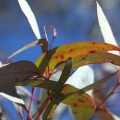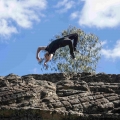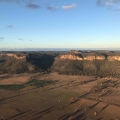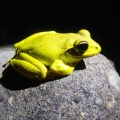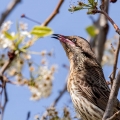Your Observations Can Save Species!
Published 8th July 2022. Written by Maddison O’Brien
Citizen Science is a hot topic right now and an activity that is gaining popularity as there is a push toward valuing biodiversity. Technology such as the app iNaturalist has evolved to make capturing observations and submitting to the broader database easy and enjoyable. Some are calling the movement the ‘democratisation of science’ because anyone can participate and have an impact in documenting their findings in their backyard, on the farm or anywhere they go.
When combined, everyday people’s observations create a comprehensive picture of what is happening ecologically in a region; the data can then be used for specific research and monitoring. The level of entries into the scientific database by everyday citizens grows every year and is changing the way ecological science is done. One mobile phone app, FrogID, has recorded almost 1 million entries by citizens into the system since its development five years ago. With this data, scientists have been able to monitor frog recovery after the Black Summer Bushfires and have even discovered new species and species that were thought to be extinct.
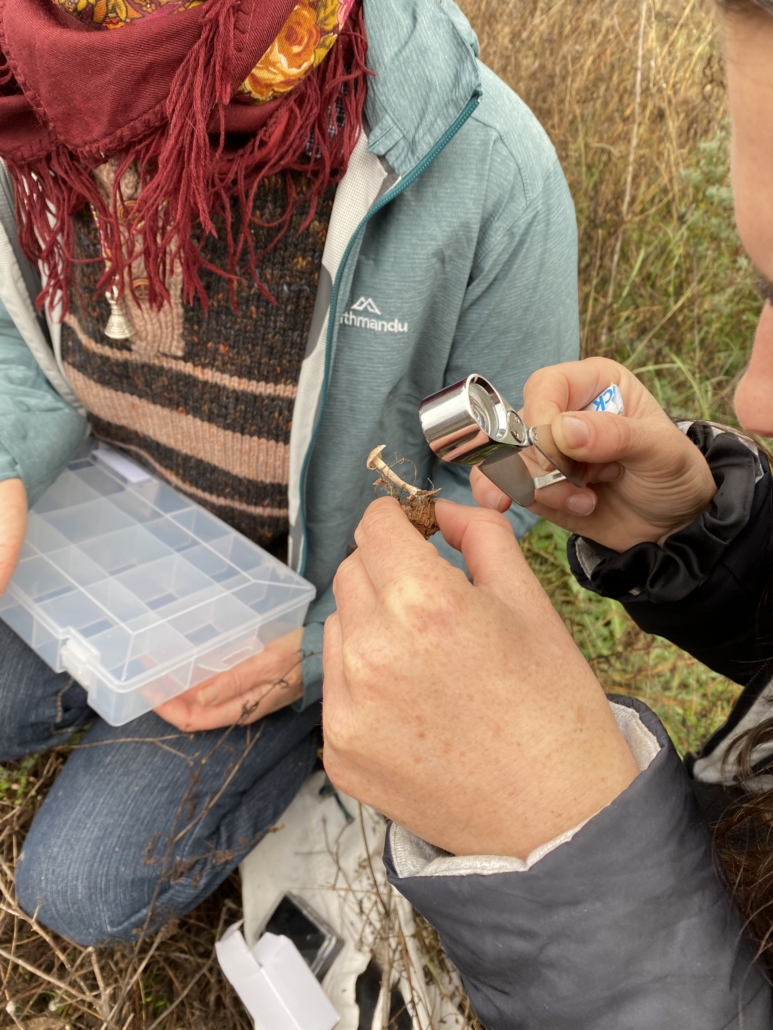
A citizen scientist taking a closer look at a fungi specimen at Watershed Landcare’s Fungi Survey in May Photo by: Cassie Jones
Being a citizen scientist means you can contribute to this growing collection of data about the world around us, which assists in scientific analysis. There are also significant personal & community benefits that can come about by engaging in this space.
Have you ever looked at a plant on your farm or an insect you found on a tree and wondered what it is? Citizen science is the perfect match for this curiosity. Engaging with the natural world has been shown to improve our mental health and sense of belonging, and with apps like iNaturalist, you can easily do that. All you need to do is snap a picture of what you found and upload it to the app, briefly describe it and voila! You will then get some suggested identifications, which the online community will verify before being considered ‘research grade’. It’s a convenient way to track what species live in a particular area and learn about what they do in the environment. Soon you will have a whole library of species that you have added to the database. Next time you see that plant or insect in your paddock, you will know its name and a bit more about it!
It’s incredible when you stop and look at the diversity of species around us, and we mostly take their presence for granted! Why not give it a go or get your kids involved. The iNaturalist app or desktop application is an excellent place to start. If you’re interested in something more specific like Frogs or Birds or Plants, there are different apps and sites for those too. You can make a difference with your observations; who knows, you might even discover a new species!
To learn more, please head to watershedlandcare.com.au/citizen-science or contact us!



